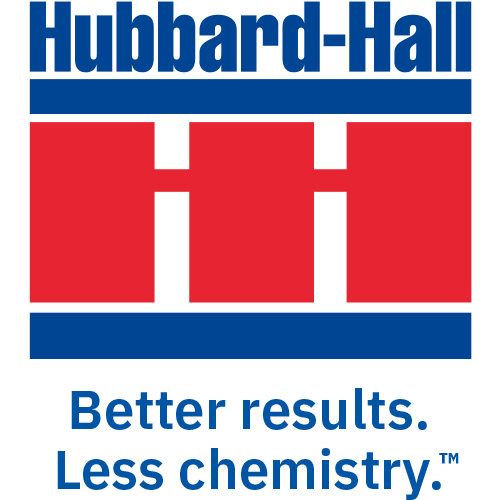Myths of Cleaning
Myth 6 of 8: Solvent cleaning is always the most efficient process
Solvents make very effective cleaners, in the right application. The key points to consider are, what is being cleaned, what is it being cleaned of, and what is it being cleaned for? Solvents are highly effective for dissolving oils and their low surface tension enables good penetration and evaporation. Solvent cleaning can often be a less expensive process than aqueous cleaning. In addition, solvents that dry quickly help keep work flowing through a factory while avoiding inventory build-up and the need for storage space.
However, aqueous cleaning solutions work by a combination of solubilization, saponification, emulsification and chelation. More simply, there are a wide range of dirt or soil types, such as triglycerides (fats) that are removed better by water-based processes. In addition, aqueous cleaning can tackle surface oxidation, like rust, tarnish and scale, that solvent cleaning will not remove.
Before committing to either solvent or aqueous cleaning, discuss your goals and objectives with specialists who understand the pros and cons of both. Their advice may surprise you!







Leave a Reply